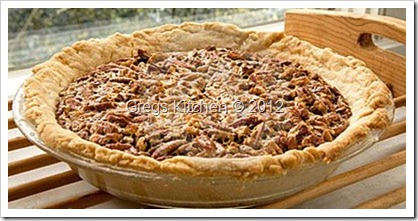
Y’all, I found this wonderful information on the American Diabetes Website for the Holiday’s. I couldn’t have said it better, so here you go.
Thanksgiving can be a time of great anxiety for people with diabetes because it is so focused on food.
Don’t let questions about what to eat, how much to eat, and meal timing dampen your holiday. Plan in advance, so you can fully enjoy the day and keep your diabetes management on track.
General Tips
Think about the timing of your meal. Many families eat large meals at odd times on holidays. For example, Thanksgiving dinner may be served in the middle of the afternoon. Plan in advance for how you will handle making changes if your meal does not line up with your regular meal schedule.
If you take insulin injections or a pill that lowers blood glucose, you may need to have a snack at your normal meal time to prevent a low blood glucose reaction. Check with your health care team about this.
Be physically active! The best way to compensate for eating a little more than usual is to be active. Start a new tradition that involves moving around away from the food. Ideas include taking a walk with the whole family or playing Frisbee, soccer, or touch football with your children, grandchildren, or the neighborhood kids.
Have foods to nibble on while you are cooking or waiting to eat. Make sure the foods you choose won’t sabotage blood glucose levels before the meal. Bring a platter of raw or blanched veggies with your favorite low-calorie dip or have a few small pieces of low-fat cheese. Don’t indulge on high-calorie or fried appetizers.
Make selective food choices. Many traditional Thanksgiving foods are high in carbohydrates: mashed potatoes, sweet potatoes, stuffing, dinner rolls, cranberry sauce, pumpkin pie, and other desserts. Don’t feel like you have to sample everything on the table.
Have a reasonable portion of your favorites and pass on the rest. For example, if stuffing is your favorite, pass on rolls. Choose either sweet potatoes or mashed potatoes. If you really want to try everything, make your portions smaller.
Eat smaller portions. Because high carbohydrate foods are plentiful at most Thanksgiving feasts, watch your portion sizes. If you can’t decide on one or two carbohydrate foods to eat, take very small portions or “samples” of several dishes.
Overall, try to keep your total carbohydrate intake like a regular day.
Eat your vegetables. Vegetables are important for everyone! Unfortunately, the vegetable selection on holiday menus is usually limited. We all want to dress up the table with tempting treats. Why not add some colorful vegetable dishes?
Veggies come in all colors and are very nutritious. Offer to bring a green salad or a side of steamed veggies that have been seasoned. Non-starchy veggiesare low in carbs and calories. They will help fill you up and keep you from overeating other high-calorie and high-fat foods on the table.

Be the first to comment